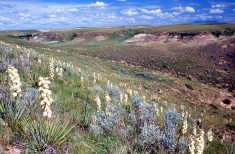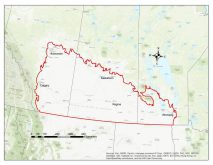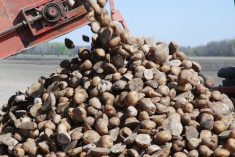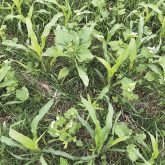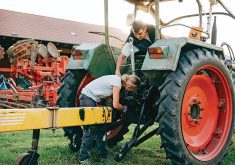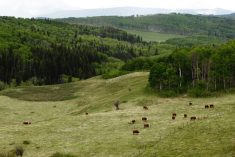New crop varieties and variety tables are now available, so how do you pick ones best suited to your land?
The first step is to analyze all the information in the variety tables, said provincial crop specialist Harry Brook.
“The tables are structured with yield potential as the main criteria,” said Brook. “It takes into account soil conditions, moisture, as well as individual management.
“Varieties that perform well under both high and low yield categories have greater yield stability and consistency of performance, and thusly, less risk. The more station years a variety is tested, the more the information can be relied on to be accurate.”
Read Also

Grazing ‘sweet spot’ boosts pasture performance
Timing-focused approach to pasture management touted to boost forage growth, livestock gains while also cutting farmer labour and inputs
While new varieties usually seem to yield more, the initial results can be deceiving.
“Over time, as the variety is grown under more diverse weather and soil conditions, the yield tends to drop closer to the general average,” said Brook. “Generally speaking, a cereal variety needs at least a six to eight per cent yield difference above the check variety to give a consistently better yield. In oilseeds, this difference needs to be greater than 12 to 15 per cent.”
Producers should also think about their management practices, he added.
“What is your current crop rotation? Are you putting barley on barley? If so, your risk of leaf and plant diseases increases. Look at the plant’s resistance to common root and leaf diseases. Is lodging a problem? You should also be selecting for shorter crops or stronger straw. If you are in the irrigated parts of the province, you might select a semi-dwarf variety.”
Seed size can also be a key factor.
“In peas, seed size has a very significant effect on seed costs,” said Brook. “When seeding, you are trying to get a specific plant population per square foot. Seed size will greatly affect the pounds of seed needed per acre.”
Part of the calculation is germination rate and seed vigour.
“Tests for vigour try to replicate some of the negative factors in the soil that would kill off newly germinated seeds. This helps in estimating actual seed needed to get that desired plant population in the crop.”
Maturity is an issue, especially in marginal cropping areas or when seeding is delayed.
“The maturity rating is only an approximation and can only be used within a crop and region, not between crops. It is dependent on the kind of year and the area it is grown. For example, the Peace region has a shorter growing season than southern Alberta, but that is compensated somewhat by the longer summer days in the Peace.”
Higher yields typically mean longer maturity, a factor that has been in play the last couple of years.
“The last couple of falls have been difficult for harvest, particularly if long-season varieties were grown,” said Brook.
Once a variety is registered, it usually takes a couple of years before sufficient seed is available for general farm sales, he added.
“Think of the variety tables as a good tool, not an infallible predictor of production. Experience is still the best measure of which varieties will produce best on your farm. It comes down to personal experience with a variety to see how well it works under your situation.”



